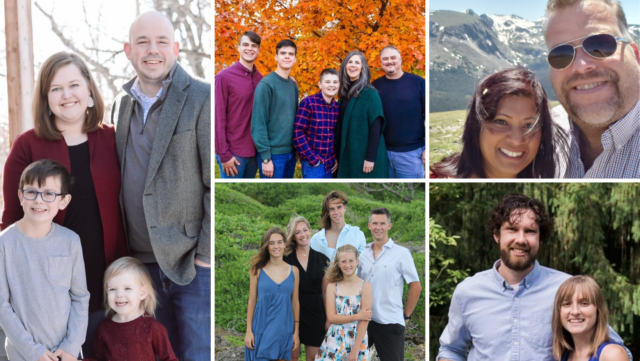A person begins their interaction with your church simply as a participant. It is a one way relationship as they receive, listen, and learn. They enjoy the benefits of the gathering and community. It’s necessary for people to begin in this stage and to dive into all the things offered to them. A problem occurs if they remain here forever. Keeping a one way relationship within a group can become unhealthy.
Groups that help and benefit each other are more satisfied.Getting people involved in volunteering gives them purpose. Although serving is a great place to be, some people are called to more, to a higher level of leadership.
The move from volunteer to leader is not just a matter of increased activity and involvement. It’s moving across a threshold where they take on the mission and vision of the church as their own. They become driven by it, instead of tasks and needs that are constantly changing.
So, how do you move people from being a participant to a leader? Sometimes it’s a challenge, but you can follow some steps that will help you develop new leaders.
Select from active teams
The best people to develop as leaders are the ones who are already active team members. This gives the indication that they have taken on the vision as their own.
Pick the best leader, not just the best worker
The best workers don’t always make good leaders. Good volunteers perform their tasks successfully. They complete their job with diligence and competence. A leadership mindset is much broader than the person who does their tasks well. Leaders need to have the skills to work well with others, handle problems, and help envision new team members.
Test with limited leadership responsibilities
Identify a task that can be used as a test for a potential leader. Ask them to coordinate one aspect of a large event, then see how they work with people and evaluate their performance.
Don’t do it alone
Every leadership position should have a team of potential upcoming leaders around them. This is helpful for the leader as it provides a group to bounce off ideas and helps give a broader perspective. It also allows this person to train others and share the leadership load.
Create a perspective of inclusiveness
If leadership is an exclusive matter, it will be clear to people in your community. What are you communicating about who can enter the leadership realm? Are you being exclusive to people of a certain race or a particular status. Build a perspective of inclusiveness that allows for a wide spectrum of people to step into leadership. Invest time and effort to uphold this.
The path to move someone from a participant to a volunteer to a leader can be complicated. But it’s also not a mystery. If you set up a culture of training and nurturing those serving with you, you will always have a set of potential leaders to develop.
 Alexi leads the south region of Vineyard India and pastors Adoor Vineyard Church in Kerala, India. He also teaches at Faith Theological Seminary, and blogs regularly at www.barnabas.in. Follow him on Twitter.
Alexi leads the south region of Vineyard India and pastors Adoor Vineyard Church in Kerala, India. He also teaches at Faith Theological Seminary, and blogs regularly at www.barnabas.in. Follow him on Twitter.





